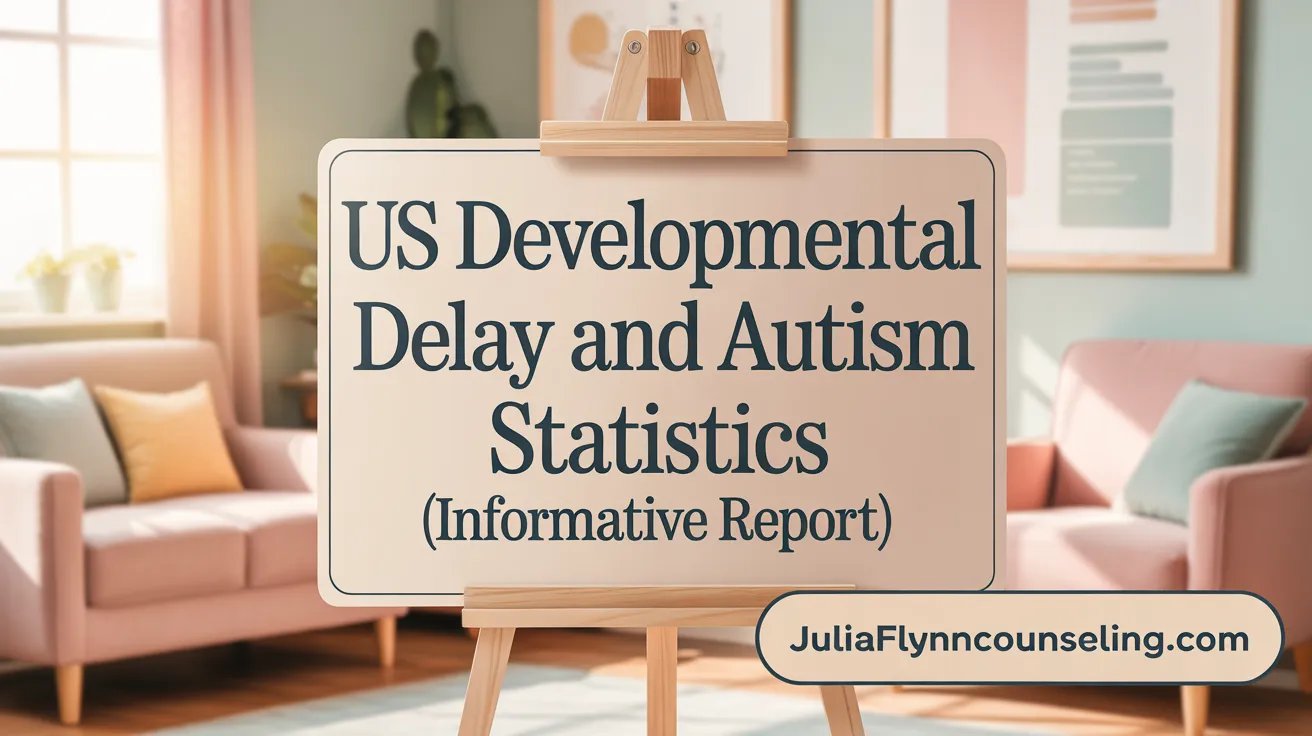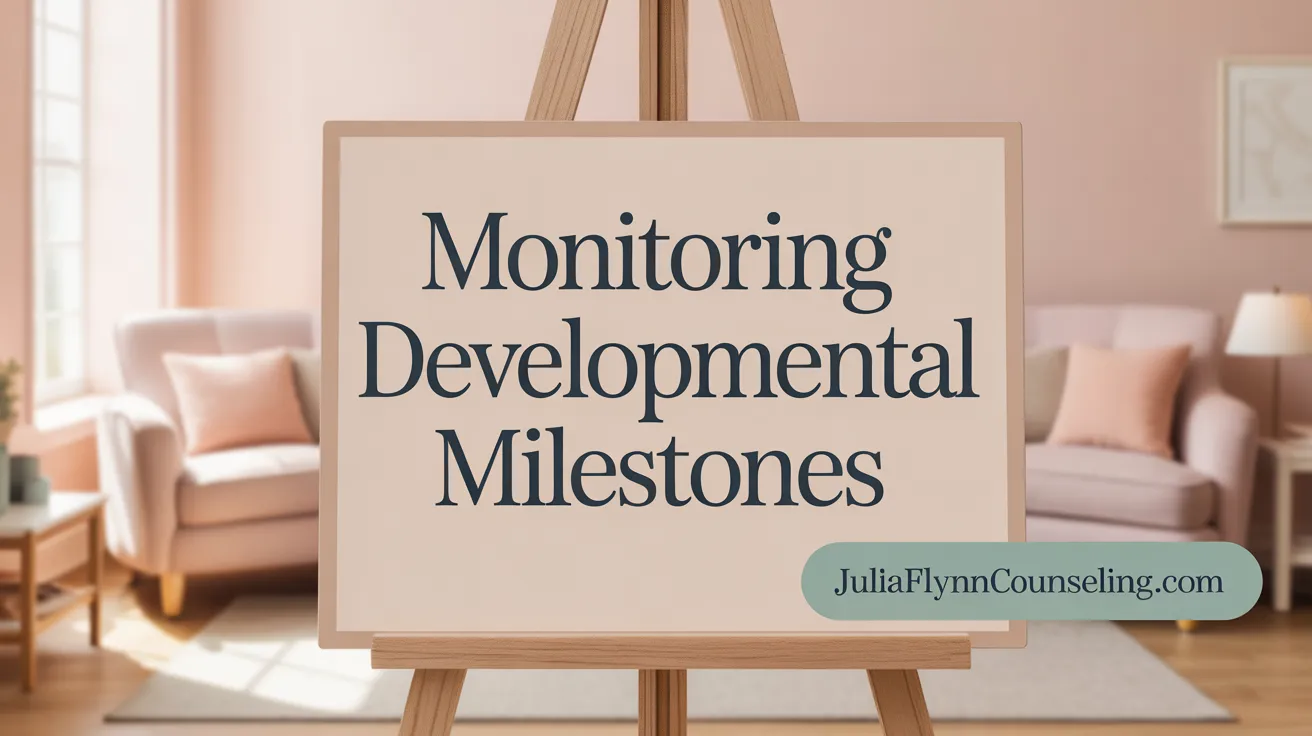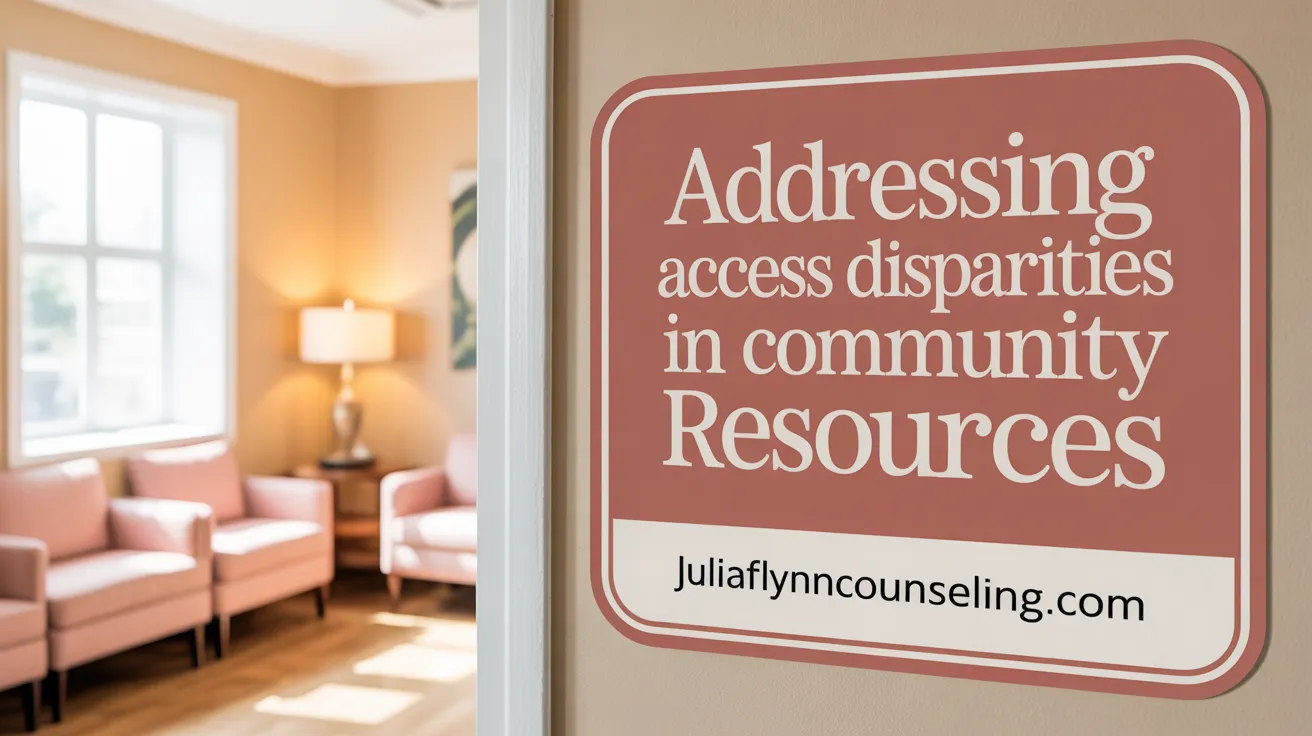The Growing Need for Awareness and Early Action
Developmental delays affect millions of children worldwide, presenting challenges that span cognitive, motor, language, and social domains. Comprehensive data highlight the prevalence, causes, and significance of early identification and intervention, emphasizing the role of families, healthcare providers, and educational systems in addressing these challenges to optimize children's lifelong outcomes.
Global Prevalence of Developmental Delays in Children

What is the prevalence of developmental delays and autism spectrum disorder among children worldwide?
Globally, approximately 10-15% of children experience some form of developmental delay. This broad estimate covers various domains, with language delays being particularly common. For instance, international data suggest that language and speech delays can affect up to 19% of children in certain populations.
Autism Spectrum Disorder (ASD), a specific developmental condition, has a worldwide prevalence of around 1 in 100 children, which translates to roughly 1%. A comprehensive meta-analysis estimates that ASD affects about 0.77% of children globally. These figures highlight a significant burden, emphasizing the importance of early detection and intervention.
The variability across regions and cultural contexts illustrates the challenge in precisely quantifying these delays, but the data consistently show that a substantial number of children worldwide are affected. Monitoring trends and implementing early screening programs remain crucial for addressing this widespread issue.
Developmental Delay Statistics in the United States

What is the prevalence of developmental delays and autism spectrum disorder among children worldwide?
In the US, about 15% of children are reported to have at least one developmental problem, which underscores how common these issues are. Specifically, during 2014–2018, approximately 1 in 6 children aged 3–17 years experienced some form of developmental delay, disorder, or disability. This includes delays in areas such as cognition, speech and language, and motor skills.
Regarding autism spectrum disorder (ASD), the prevalence among children aged 3-17 years is around 2.94%. Boys are notably more affected than girls, with boys being diagnosed at more than three times the rate of girls.
Trends over time
The prevalence of developmental delays has been on the rise over recent decades. For instance, the overall rate of diagnosed developmental disabilities increased from 7.4% in 2019 to 8.56% in 2021. Similarly, the percentage of children with autism has remained relatively stable but consistently high, with slight fluctuations.
Disparities by age and sex
Children of different ages show variations in specific developmental conditions. For example, autism is more commonly diagnosed in older children within the age range studied. Boys have significantly higher diagnosis rates—about 10.76% for any developmental disability—compared to 5.31% for girls. Racial and socioeconomic disparities are also evident, with minority and lower socioeconomic children being less likely to be screened or identified early.
Specific domain delay statistics
Developmental delays span multiple domains:
| Domain | Prevalence Range | Additional Comments |
|---|---|---|
| Cognitive | 1% - 1.5% | Affects learning and reasoning skills |
| Learning Disabilities | Approx. 8% | Includes difficulties in academic skills |
| Speech and Language | 2% - 19% | Wide variation due to different assessment methods |
| Overall Delays | 15% | Based on general reporting and surveillance data |
Early detection and intervention are crucial to avoid long-term consequences. Despite recommendations for routine screening, many children—over 50%—do not receive adequate developmental screening or surveillance, especially among minority and low-income groups. Continued efforts are needed to close these gaps and ensure children receive timely support.
Common Symptoms and Causes of Developmental Delays in Children

What are common symptoms and causes of developmental delays in children?
Children with developmental delays often exhibit delays in achieving milestones like sitting, crawling, walking, speaking, social interactions, and problem-solving skills. These signs can appear in various areas of development and may vary from child to child.
The causes of developmental delays are diverse. Genetic factors such as Down syndrome and fragile X syndrome are common genetic causes. Environmental influences also play a significant role, including prenatal infections, exposure to toxins, and complications like premature birth or low birth weight.
Brain trauma or injury, whether during pregnancy, birth, or after birth, can contribute to delays. Additionally, non-genetic factors such as limited stimulation or adverse socioeconomic conditions can impact development.
Delays might be isolated, affecting only one domain such as speech or motor skills, or they can be more widespread, known as global developmental delay, impacting multiple areas simultaneously.
Early identification of these symptoms and causes is vital. Recognizing delays early allows for timely intervention, which can greatly improve outcomes and help children reach their full potential.
The Critical Importance of Early Detection

Why is early detection of developmental delays important?
Early identification of developmental delays plays a vital role in shaping a child's future. When delays are recognized promptly, intervention strategies can be implemented at a time when the brain is most plastic and capable of recovery, typically before the age of 3. This early action significantly enhances a child's cognitive, social, emotional, and physical development.
Timely screening and assessments allow children to develop age-appropriate skills, improve their readiness for school, and reduce the risk of long-term disabilities. Moreover, early detection gives families the opportunity to access resources, support, and services that can guide and empower them in their child's developmental journey.
Detecting delays early can also reduce caregiver stress by providing clarity and a pathway forward. It fosters advocacy within families and communities, ensuring children get the necessary interventions as soon as possible. Overall, early identification not only benefits the individual child's development but also contributes to a healthier, more supportive community framework.
Early Intervention: Maximizing Children's Potential

How does early intervention benefit children with developmental delays?
Early intervention capitalizes on the heightened brain plasticity present in young children, making it the most effective period for addressing developmental delays. By providing therapies such as speech therapy, occupational therapy, physical therapy, and psychological support, these programs help improve skills in cognition, communication, motor coordination, and social interaction.
Research shows that children who receive early intervention are more likely to develop skills that support school readiness and academic success. These services can also reduce the need for more intensive special education services later in life. Furthermore, early therapy can positively influence behavioral and emotional development, leading to better social integration.
Family-centered services form a crucial component of early intervention. Educating and supporting families not only helps reduce parental stress but also empowers them to advocate effectively for their child's needs. This holistic approach enhances the child's development and fosters a supportive environment for growth.
Neuroplasticity and age sensitivity
The early childhood years are characterized by significant brain plasticity, meaning the brain's structures are highly adaptable. This period offers a window of opportunity where interventions can significantly alter developmental trajectories, promoting better long-term outcomes. Delaying intervention diminishes the potential for maximum neurodevelopmental gains, underscoring the importance of early detection and prompt action.
Therapeutic and educational supports
Interventions are often multidisciplinary, involving specialists in speech, occupational, physical, and behavioral therapies. These supports are tailored to each child's specific needs, ensuring a personalized approach that targets developmental gaps effectively. Incorporating educational strategies at home and in preschool settings further reinforces gains and encourages generalization of skills.
Behavioral and social benefits
Early treatment not only improves cognitive and motor skills but also enhances behavioral outcomes. Children learn better self-control, social skills, and emotional regulation, which are vital for successful interactions at school and in their communities. These improvements contribute to increased confidence and independence as children grow.
Family-centered services
Supporting families emotionally and educationally is integral to successful interventions. Programs often provide guidance on developmental milestones, coaching for parents on how to engage and support their children, and connect families to community resources. This approach strengthens the child's developmental environment, enabling sustainable progress.
| Aspect | Focus | Impact |
|---|---|---|
| Neuroplasticity | Age sensitivity | Critical period for intervention success |
| Supports | Therapies and education | Improved skills and school readiness |
| Social benefits | Behavioral improvements | Greater social competence and independence |
| Family services | Parent education and support | Reduced stress and enhanced advocacy |
In conclusion, early intervention offers a comprehensive path to help children with developmental delays reach their full potential, supporting not just the child but entire families in fostering lifelong development.
Surveillance and Screening Strategies for Early Identification

What methods and tools are used for screening and assessing developmental delays in children?
Effective early detection of developmental delays depends on reliable screening methods and assessment tools. Healthcare providers typically utilize standardized screening instruments such as the Ages and Stages Questionnaire (ASQ) and the Parents' Evaluation of Developmental Status (PEDS). These tools are designed to identify children who may need further evaluation.
Screenings are recommended at specific ages—commonly at 9, 18, and 30 months—during routine well-child visits. These intervals align with critical developmental milestones, enabling timely identification of potential delays. Parent-completed questionnaires are especially useful because they provide quick, comprehensive insights based on everyday observations.
In addition to questionnaires, observational assessment during clinical visits helps professionals detect subtle signs of developmental issues. Children flagged during screening or surveillance are then referred for more detailed evaluation by specialists such as developmental pediatricians, psychologists, or speech therapists.
This multi-step approach ensures that children with potential delays are accurately identified early, facilitating prompt intervention that can significantly improve developmental outcomes.
Developmental Milestones as Indicators for Delay Detection

What are typical age-related milestones?
Developmental milestones are behaviors or skills that most children can do at a certain age. These include things like smiling, crawling, talking, or walking. Most children develop these skills within expected age ranges, providing a benchmark for healthy development.
For example, by around 2 months, babies usually smile in response to others, and by age 1, many children can say simple words like "mama" or "dada." By 3 years, most children can climb, run, and speak in full sentences.
How is the progression over time monitored?
Monitoring a child's development involves tracking when they achieve these milestones. Healthcare providers and families observe how children grow and learn through regular checkups and conversations.
Parent-reporting tools, such as checklists, are often used to assess whether a child is on track. The CDC’s “Learn the Signs. Act Early.” program provides free milestone checklists that families can use at home. These tools help identify delays early on.
Why do missed milestones matter?
Missing milestones can signal developmental delays. If a child doesn't start walking by around 18 months or doesn't speak any words by age 2, it may be a sign to seek further evaluation.
Early detection is critical because it allows for timely interventions which can help children catch up with their peers. Recognizing these signs early can prevent long-term learning and social difficulties.
What resources are available for families?
Families can access various resources to track and support their child's development. The CDC’s milestone checklists are available online and are easy for parents to use. These checklists are revised periodically to enhance early detection.
Healthcare providers also use validated screening tools during routine checkups to identify potential delays. When concerns arise, early intervention services such as speech or occupational therapy can be initiated to support the child's growth.
| Age Range | Typical Milestones | Signs of Possible Delay | Resources for Families |
|---|---|---|---|
| 0-12 months | Smiling, sitting, crawling | Missed sitting by 9 months | CDC milestone checklists, pediatrician assessments |
| 1-2 years | Walking, speaking simple words | Not walking by 18 months | Early intervention programs, parent-guided checklists |
| 3-5 years | Climbing, speaking in sentences | Not speaking in sentences by age 3 | Developmental screening tools, preschool specialists |
Monitoring these milestones closely helps ensure children receive support early, which can improve long-term development outcomes.
Epidemiological Trends and Surveillance Data in the United States

How has the prevalence of developmental delays changed from 2019 to 2021?
Over recent years, there has been a noticeable increase in diagnosed developmental disabilities among children in the US. The overall prevalence of any developmental disability rose from 7.40% in 2019 to 8.56% in 2021. Specifically, autism spectrum disorder (ASD) prevalence increased modestly from 2.79% to 3.05%, while other delays like intellectual disability and causes categorized as other developmental delays also saw rises. These trends indicate a growing recognition and diagnosis of developmental issues in childhood, emphasizing the importance of early detection.
What differences are observed across sex and racial groups?
Boys are significantly more likely to be diagnosed with developmental disabilities compared to girls, with a prevalence of 10.76% versus 5.31%. Additionally, racial disparities are evident: non-Hispanic Asian children tend to have the lowest rates of diagnosed developmental issues. Conversely, African American and Hispanic children often show higher prevalence rates, likely influenced by socioeconomic and access-to-care factors. These differences highlight the need for tailored screening and intervention strategies.
How are screening and surveillance rates in the US?
Despite long-standing recommendations, the rates of developmental screening and surveillance vary widely. In 2016, only about 30.4% of children aged 9-35 months received parent-completed developmental screening, and roughly 37.1% received professional surveillance. Over half of children (about 52%) did not receive either type of assessment. Furthermore, children from minority backgrounds and lower socioeconomic groups are less likely to undergo screening, pointing to disparities in early detection efforts.
What are the geographic disparities in screening and surveillance?
State-level data reveal substantial differences geographically. For example, in 2016, developmental screening rates ranged from 17.2% in Mississippi to 58.8% in Oregon. Surveillance rates exhibited similar variability, from 19.1% in Mississippi to 60.8% in Oregon. These disparities reflect differences in healthcare infrastructure, access to services, and awareness across states, underscoring the need for targeted policies to enhance early identification programs nationwide.
| Aspect | 2019 Rate | 2021 Rate | Racial Disparities | State Range (2016) | Notes |
|---|---|---|---|---|---|
| Overall disability | 7.4% | 8.56% | Higher in minorities | Screening: 17.2%-58.8% | Growing awareness and diagnosis |
| Autism spectrum disorder | 2.79% | 3.05% | Higher in boys | Surveillance: 19.1%-60.8% | Need for improved early detection |
| Intellectual disability | 1.70% | 2.20% | Higher in boys |
Disparities in Screening and Intervention Access

Socioeconomic and ethnic disparities
Research indicates significant gaps in early screening and intervention for developmental delays among children of different socioeconomic and racial backgrounds. Children from lower-income families or minority groups, such as Black and Hispanic children, are less likely to receive recommended developmental screenings and surveillance. For instance, data shows that children in low-income households are less likely to participate in early developmental checkups, which can delay diagnosis and access to critical services.
Impact of language barriers
Language differences further complicate early detection efforts. Non-English-speaking households often face obstacles in understanding and completing developmental screening questionnaires. This language barrier can lead to under-identification of developmental concerns and delays, depriving children of early intervention services that could significantly improve their developmental outcomes.
Role of medical home access
Access to a consistent medical home plays a vital role in ensuring that children receive proper developmental screening and surveillance. Children with a medical home—regular, ongoing healthcare with a trusted provider—are significantly more likely to undergo screenings. Data suggests that having a medical home increases the odds of receiving developmental checks, which are essential for early detection.
Efforts to increase equitable service delivery
Efforts are underway to bridge these gaps. Programs such as the CDC’s “Learn the Signs. Act Early.” provide free resources to families and healthcare providers, aiming to promote equitable screening. Additionally, targeted outreach in underserved communities, culturally sensitive screening tools, and policy initiatives focused on health equity seek to ensure all children have access to necessary developmental services.
| Aspect | Disparity Level | Impact on Children | Measures for Improvement |
|---|---|---|---|
| Socioeconomic status | Significant | Delayed diagnosis, less intervention | Enhance outreach, community-based programs |
| Ethnicity & race | Noticeable | Lower screening rates, fewer interventions | Cultural competency training, multilingual resources |
| Language barriers | Major | Under-identification of delays | Develop multilingual screening tools |
| Medical home access | Varies | Dependence on continuous care | Expand healthcare access, support primary care |
The Role of Healthcare Providers and Pediatricians

Developmental surveillance during well-child visits
Healthcare providers, especially pediatricians, play a vital role in early detection of developmental delays during routine well-child visits. Using standardized milestone checklists, such as those from the CDC’s Learn the Signs. Act Early. program, allows providers to monitor developmental progress at crucial ages. These checklists help identify children who may need further assessment, facilitating timely intervention.
Pediatricians' role in referral and follow-up
When signs of developmental delay are observed, pediatricians are responsible for referring children for specialized evaluations and early intervention services. Prompt follow-up ensures that children receive the support needed to improve their outcomes. Data shows that many children who are eligible for services do not receive them, highlighting the importance of proactive tracking by healthcare providers.
Collaborative care models
Effective early detection and intervention often require a team approach. Collaborative care models involve pediatricians, specialists, therapists, and families working together. This teamwork ensures comprehensive assessments and tailored interventions, maximizing developmental progress.
Challenges and opportunities in early detection
Despite the availability of screening tools and guidelines, disparities remain. Children from minority backgrounds, non-English-speaking households, and lower socioeconomic groups have lower screening rates, missing critical early intervention opportunities. Enhancing access to screenings, employing culturally sensitive approaches, and increasing provider awareness are essential to bridging these gaps. Emphasizing the importance of early detection during routine visits can significantly impact long-term developmental outcomes.
Educational Components and Parental Involvement

Supporting Family Engagement
Active family participation is vital in early detection of developmental delays. When parents and caregivers are involved, they can monitor their child's progress against typical developmental milestones. Programs like the CDC’s 'Learn the Signs. Act Early.' (LTSAE) offer free resources and milestone checklists, empowering families to observe and understand developmental progress. Such involvement allows parents to recognize early signs of delays and seek professional assessment promptly.
Communication Between Professionals and Caregivers
Effective dialogue between healthcare providers and families is essential. Regular conversations help clarify developmental milestones and identify concerns early. Healthcare professionals encourage parents to share observations and use validated screening tools, which are recommended at ages 9, 18, and 24 or 30 months. Open communication facilitates early interventions, improving long-term developmental outcomes.
Resources Like CDC 'Learn the Signs. Act Early.' Program
The CDC’s LTSAE initiative provides user-friendly checklists and educational materials tailored for families. The program was updated in 2022 to include more comprehensive milestone checklists, making it easier for caregivers to track their child's development. These resources support critical conversations and help families advocate for necessary services when delays are suspected.
Revised Milestone Checklists and Tools
The recent revision of milestone checklists enhances accuracy and usability. These tools assist in early detection by providing clear age-specific milestones for skills like speech, social engagement, and motor development. Early identification through these tools is crucial, as the first three years offer a brain plasticity window, where timely intervention can significantly improve a child’s developmental trajectory.
| Resource | Purpose | Ideal Age Point | Additional Details |
|---|---|---|---|
| CDC 'Learn the Signs' Checklists | Parent-guided developmental tracking | 9, 18, 24/30 months | Updated in 2022 for better support |
| Developmental Screening Tools | Used by healthcare providers for early detection | From infancy to 3 years | Validated questionnaires and observation tools |
| Parental Education Materials | Enhance understanding of developmental benchmarks | Ongoing | Aimed at promoting early intervention |
Engaging families and providing accessible tools are fundamental for early detection and intervention, ultimately fostering better developmental outcomes for children.
Autism Spectrum Disorder: Surveillance and Prevalence Insights

What is the prevalence of developmental delays and autism spectrum disorder among children worldwide?
Autism Spectrum Disorder (ASD) has become an important focus within childhood developmental health. In the United States, recent data indicates that approximately 2.94% of children aged 3-17 are diagnosed with ASD. Boys are diagnosed with ASD at significantly higher rates than girls, with prevalence estimates around 4.66% for boys versus 1.50% for girls.
Globally, the prevalence of developmental delays, which include ASD among other conditions, ranges from 1% to 3% among preschool-aged children. The overall percentage of children with any developmental delay in the US is about 15%, with ASD representing a considerable portion of these cases.
How does age influence diagnosis trends?
Diagnosis rates for ASD and other developmental delays vary with age. Most diagnoses typically occur around early childhood, particularly before age 3, owing to the critical window of brain plasticity. Surveillance studies show that while some delays are identified early, many children receive diagnoses later, affecting the timely implementation of support strategies.
Younger children tend to be flagged during routine developmental surveillance, but disparities in screening can delay diagnoses, especially among minority groups or children from socioeconomically disadvantaged backgrounds.
What is the link between ASD and global developmental delays?
ASD frequently co-occurs with broader developmental delays, including deficits in speech, social skills, and learning abilities. Many children diagnosed with ASD also experience delays in cognition and motor skills. Surveillance and screening programs, such as the CDC’s “Learn the Signs. Act Early.” initiative, aim to detect these delays early to enhance intervention effectiveness.
Children with ASD and other developmental delays often face compounded challenges, affecting their educational and social trajectories. Early detection through standardized screening tools helps refer children for specialized services that target their specific needs.
Why is early intervention personalized and significant?
Early intervention is crucial because the first few years of life offer a high potential for positive developmental outcomes due to brain plasticity. Tailored early services, including speech therapy, occupational therapy, and behavioral support, help children improve cognitive, language, and social skills.
Research indicates that most developmental delays, including ASD, will sometimes resolve or significantly improve when addressed early. Delay in intervention can lead to lifelong educational and social difficulties, emphasizing the importance of ongoing surveillance and customized intervention plans.
| Aspect | Prevalence/Statistics | Notes |
|---|---|---|
| Global developmental delay | 1% to 3% | Varies by country and age group |
| US children with developmental delay | About 15% | Increasing trend over years |
| ASD in US children | 2.94% | Higher in boys (4.66%) and varies with age |
| Co-occurring delays | Common in children with ASD | Affects speech, learning, motor skills |
| Screening participation | ~30-40% in 2016 | Disparities persist based on socioeconomic status, race |
Understanding the scope and details of ASD prevalence and associated developmental delays informs targeted screening and intervention programs. These efforts are vital to support children’s growth, minimize lifelong impacts, and empower families with the resources needed for early help.
Long-term Impacts and the Importance of Sustained Support

What are the consequences of delayed or absent intervention?
Early detection and intervention are crucial for children with developmental delays. When intervention is delayed or not provided, children face increased risks of persistent developmental challenges. Without timely support, delays in areas such as speech, motor skills, or social interactions may become more severe, hindering their ability to reach developmental milestones and succeed academically.
How do developmental delays affect educational achievement and behavior?
Children with untreated developmental delays often encounter difficulties in school. They may struggle with learning disabilities, maintaining attention, and social interactions, which can lead to academic underachievement. Behavioral issues, such as frustration or withdrawal, are also more common when children do not receive the appropriate early support.
What social integration challenges might children with delays face?
Unaddressed developmental delays can impair a child's ability to form relationships and engage in social activities. These challenges can impact self-esteem and lead to social isolation. Early intervention helps improve social skills, fostering better peer interactions and contrastive social integration.
Why is continuous monitoring and support necessary?
Developmental needs evolve over time, necessitating ongoing assessment beyond early childhood. Continuous monitoring allows for the timely adjustment of support strategies, ensuring children develop necessary skills throughout their growth. Sustained healthcare and educational support are vital for improving long-term outcomes and helping children reach their full potential.
Innovations and Future Directions in Developmental Delay Management

Emerging screening technologies
Recent advancements in screening tools are transforming how developmental delays are detected early. Digital applications and artificial intelligence-driven assessments now allow for more precise and accessible screening methods. These innovations facilitate real-time monitoring of developmental milestones using parent-reported data and observational algorithms, increasing the efficiency of early detection.
Integration of family-centered care models
Incorporating families into the care process has become a focus of modern developmental delay management. Strategies include providing parents with resources to monitor milestones, like the CDC’s revised “Learn the Signs. Act Early.” (LTSAE) checklists, and involving them in decision-making. This model empowers families, promotes early intervention, and improves developmental outcomes.
Policy initiatives to improve access
Government and healthcare policies are increasingly targeting disparities in screening and intervention. Expanding Medicaid coverage for early childhood services and establishing mandatory screening protocols during routine pediatric visits aim to close gaps. These initiatives particularly focus on minority and low socioeconomic groups, where screening rates are traditionally lower.
Global efforts for standardization
International organizations, including the World Health Organization, promote the standardization of developmental screening and intervention practices. Developing universally applicable guidelines ensures consistency in identification and treatment, facilitating global data collection and best practice sharing.
| Innovation Area | Approach | Impact |
|---|---|---|
| Screening Technologies | AI-powered digital tools, mobile apps, online questionnaires | Faster, more accurate early detection |
| Family-centered Care | Parental involvement programs, educational resources | Improved engagement and intervention adherence |
| Policy and Access | Policy reforms, insurance coverage enhancements | Increased screening and service access |
| International Standardization | Development of global guidelines and protocols | Consistent care standards worldwide |
Focusing on these future directions could significantly enhance early detection and management of developmental delays, ultimately improving outcomes for children worldwide.
Towards Improved Outcomes Through Early Awareness and Action
Developmental delays represent a significant challenge affecting millions of children globally, with pervasive impacts on cognitive, social, and physical development. Comprehensive epidemiological data underscore the critical need for early detection and intervention to harness the developmental window of early childhood neuroplasticity. Effective screening tools and vigilant monitoring of developmental milestones empower families and healthcare providers to act promptly. Addressing disparities in access and integrating family-centered approaches will further enhance intervention effectiveness. Continued research, policy attention, and public health efforts remain vital to ensure that all children receive the support they need to achieve their fullest potential and lead fulfilling lives.
References
- Developmental Delay - StatPearls
- CDC's Learn the Signs: Identifying Developmental Delays ...
- Prevalence and Variation of Developmental Screening ...
- Prevalence and Early Identification of Autism Spectrum
- Developmental Delay in Children
- Key Developmental Delay Progress Monitoring Statistics
- Developmental Delay: When and How to Screen
- Products - Data Briefs - Number 473 - July 2023
- Worldwide national intervention of developmental ...
- Prevalence of Developmental Delays and Participation in ...
